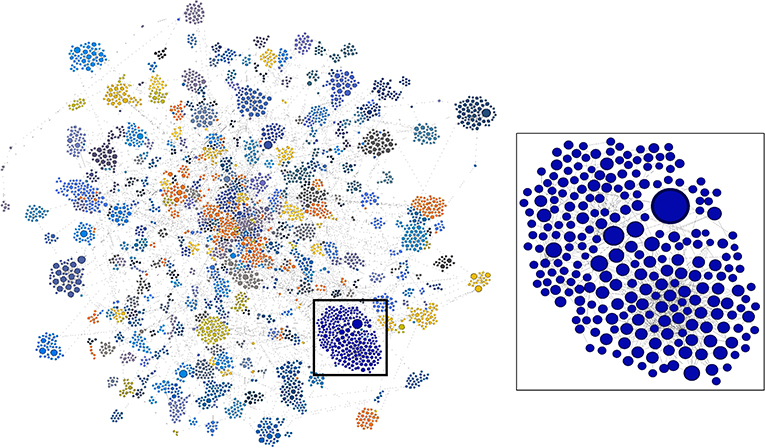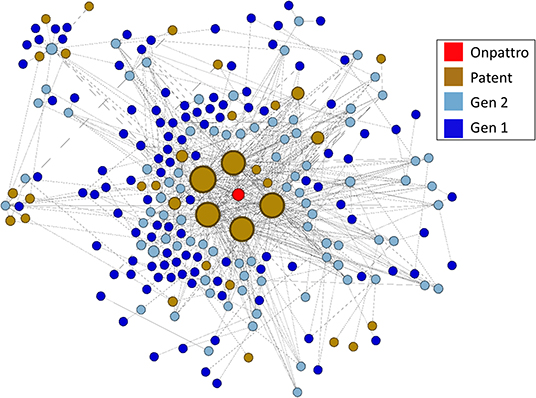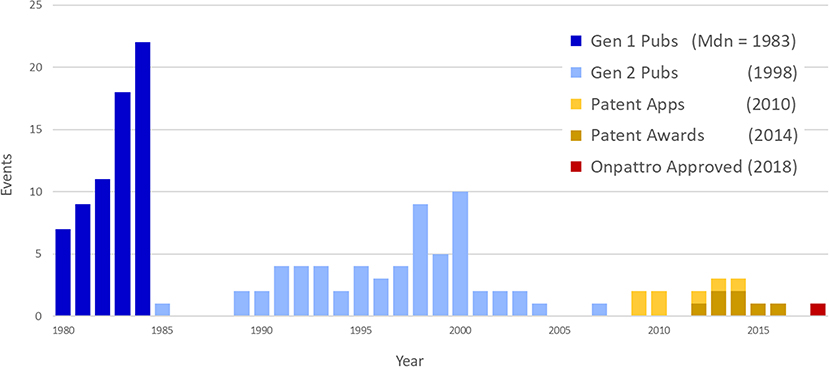Research has impact. The knowledge, understanding and know-how that comes from deep investigation leads to concrete changes of considerable diversity, from cultural benefits to environmental improvements, from the economic benefits of new and improved products and services, to the health benefits of enhanced treatment approaches and novel drugs.
While there is ample evidence of the impact that research has, in all its diversity, we know much less about how research impact comes about. There are many distinct routes, which are complex and non-linear, but how the steps fit together, and the effect of different choices in the route to impact are less well established. There are also limited theoretical frameworks for the analysis of the process of impact generation.
These gaps in knowledge are important, because they limit the extent to which the process of impact generation can be optimised, both at a system level and in terms of indvidual choices made by researchers and research managers. At the system level, questions include how should we organise the allocation of funding to maximise impact or support particular impact outcomes? Or what structures should we build to facilitate the interactions between researchers and other actors in the system? At the level of individual choices, questions include how to identify research outcomes that have 'impact potential' to assist investment decisions?
A recent article presents an interesting approach to analysing the steps that link research funding interventions to impacts, providing more evidence on this complex process. The authors investigate the links between a set of research grants in the life sciences, the publications generated (through 3 generations via citation relationships), patents that cite these publications and drug registrations. The analysis provides insight into only one specific pathway to impact - the development of drugs that are built on patentable intellectual property - but the work nonetheless reveal rich complexity in that pathway. The study provides insights into the long timelines resulting from investment in fundamental research, and on the potential scale of the return on investment, at least in medical research.
Although the starting point for the analysis is a specific limited set of grant proposals, the scale of the analysis is large. There are 18,197 articles that acknowledge support from the grant programme, and 760,516 second generation articles (that cite the original 18,197) and over 8 million third generation articles. The full set of articles can be linked to 334,908 patents, which in turn are mentioned in the registration information for 774 different drug products.
Having established the links, clustering analysis was used to identify patterns in the data, as illustrated below:

The cluster highlighted in the network is densely linked and was subjected to further analysis. There are a number of drugs contained within the cluster that are all based on a similar mechanistic approach, the use of short lengths of DNA or RNA as drugs. Delving more deeply, the authors then move on to look at the network associated with just one drug, Onpattro:

This network illustrates the complex relationship between the original grant investment and the development of Onpattro. The information in many articles combined in different ways is involved, resulting in many patents several of which are central to the development of the drug. And this network may not reflect all the research that went into the development of the drug, as it is limited to research that can be traced to a specific set of grants or whose contribution is visible in the citation network.
Given the complexity of the network, the impact pathway is surely non-linear, but it is possible from the data to identify the sequence in time related to the development, as illustrated below:

The network can be traced back 38 years from the drug registration to the first journal articles in 1980, with the grant funding made as early as the late 1970s. Impact timelines can indeed be long.
The study is not without limitations, especially resulting from the focus on journal articles and their citation as the only mechanism of knowledge diffusion. Other routes are undoutedly important; diffusion through other forms of codified output, or the transfer of people along with their tacit knowledge. These alternative mechanisms may be important even in the specific impact area of this article, and they may have increasing importance in other impact areas. However, this study illustrates the power of sytematically tracing the links between research and its impact and offers the prospect of developing new theoretical frameworks to understand the process. More work of this type alongside other methods to investigate other pathways to impact is required to support an increasingly evidence-based approach to research impact decision making in the future.
